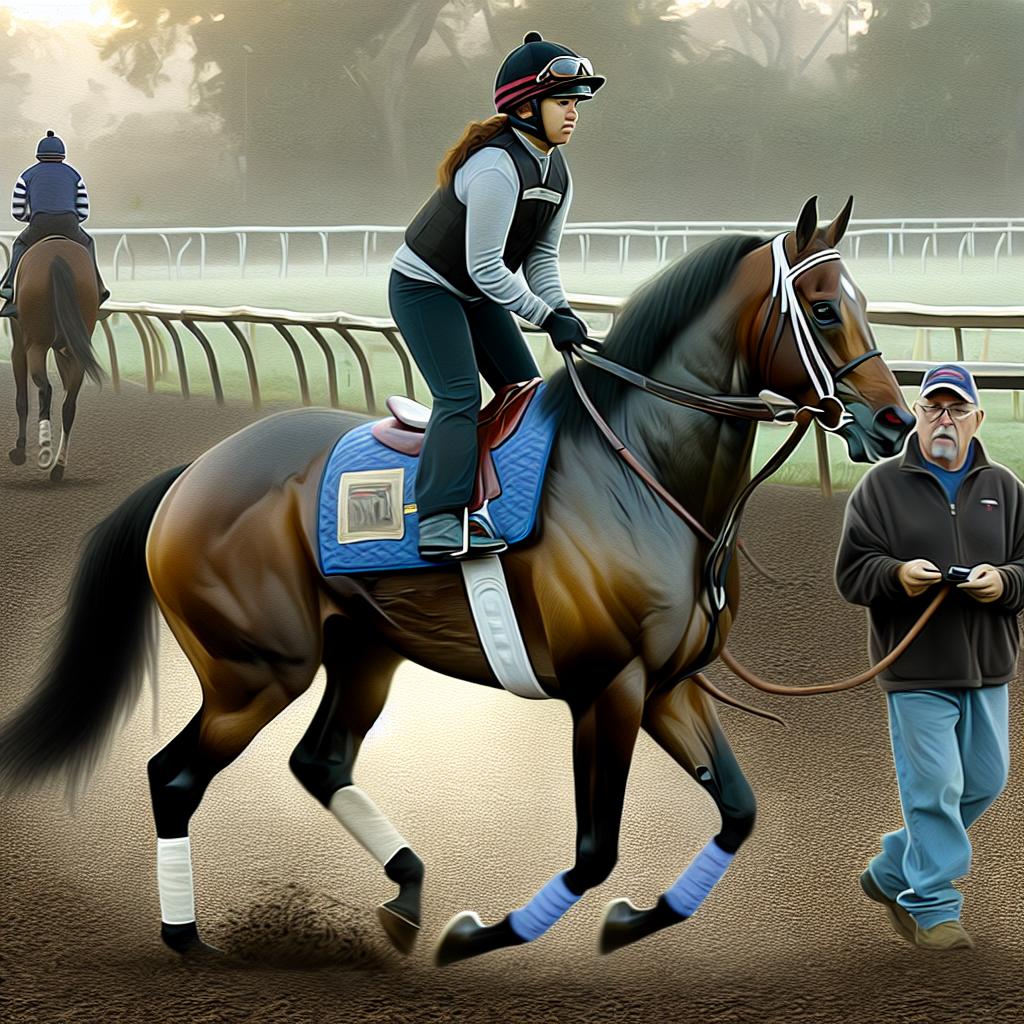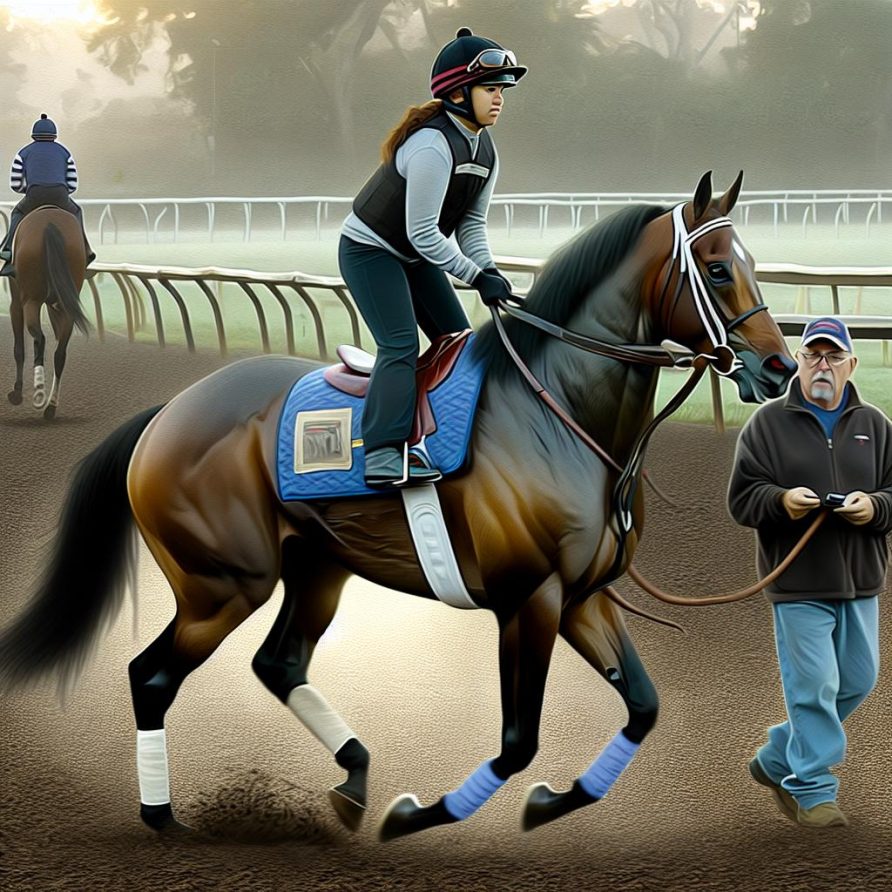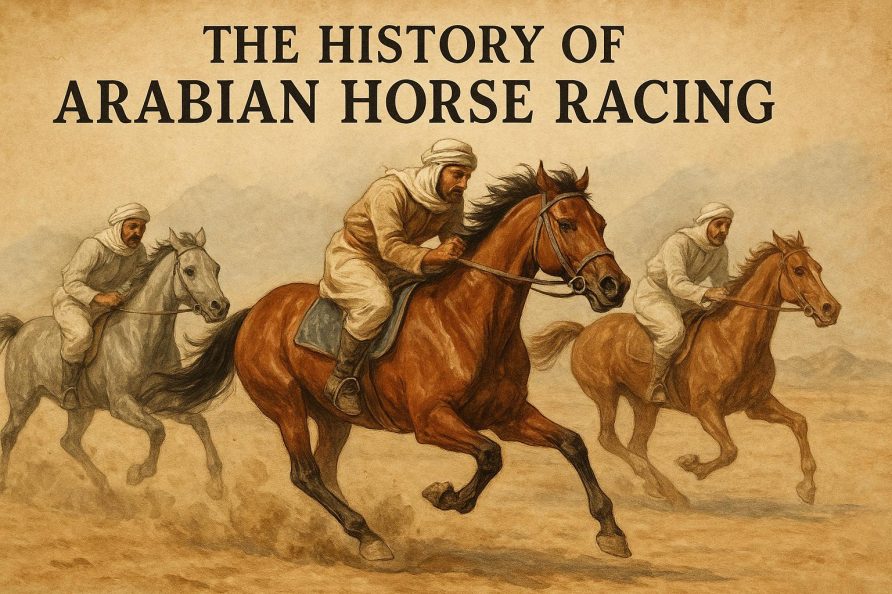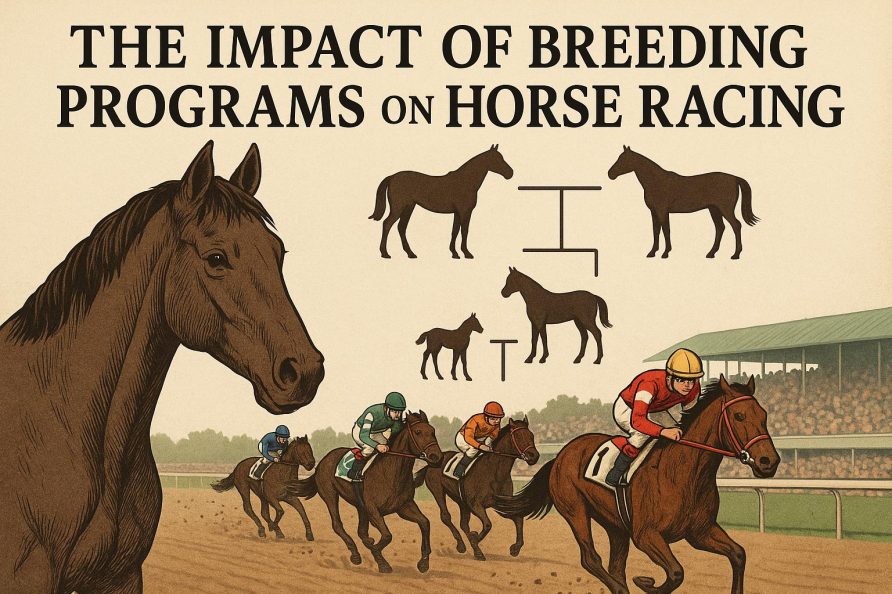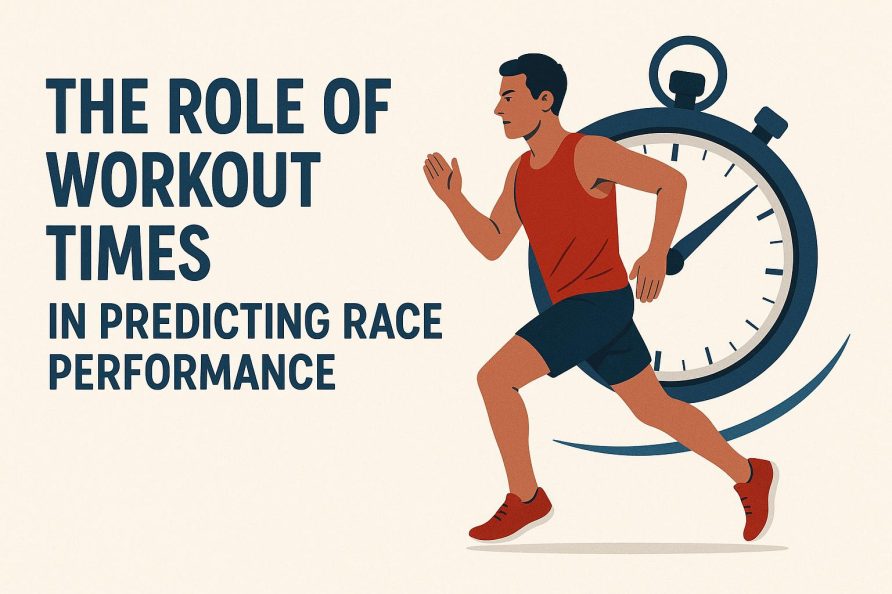The Crucial Role of Exercise Riders in Horse Racing Training
In the world of horse racing, the preparation of thoroughbred horses involves an intricate array of roles, each contributing significantly to the final performance of these magnificent animals on the racetrack. Among these roles, one is both specialized and indispensable: the exercise rider. While not enjoying the same level of recognition as jockeys, the persistent and dedicated work of exercise riders is crucial in shaping the success of racehorses.
Understanding the Role of Exercise Riders
The position of an exercise rider encompasses a range of duties focused on training horses during their non-racing days. This ensures that horses are not only physically primed for competition but also mentally equipped to tackle the challenges of racing. The task goes beyond the simple act of “riding” the horses; it demands a deep understanding of equine behavior, effective communication with trainers, and remarkable riding skills. Together, these attributes allow exercise riders to tailor training regimens to the unique needs of each horse, helping to optimize performance.
Key Responsibilities
The core responsibility of exercise riders is to maintain the physical fitness of the horses. This involves implementing training plans designed by trainers, requiring exercise riders to handle several horses each morning. Through these structured routines, horses are kept in optimal condition, balancing exercise intensity with necessary rest periods.
Exercise riders also play a critical role in providing feedback. Observations made during workouts are communicated back to the trainers, who rely on this information to refine training strategies. Key details such as a horse’s response to changes in pace, maneuverability, and overall temperament can indicate needs for adjustment in the training regimen. Such insights are essential for making informed decisions that impact race readiness and performance.
Skills and Qualifications
To excel as an exercise rider, one must possess a blend of technical prowess and innate skills. Proficiency in riding is essential, but it is also imperative to communicate effectively with trainers and interpret the horse’s body language to convey meaningful insights about its fitness and wellbeing. Many come into this role with aspirations of becoming jockeys, carrying valuable knowledge and practical experience into their role as exercise riders.
While formal qualifications are not always mandated, certain jurisdictions may impose licensing requirements depending on local regulations. Most exercise riders have a background in the racing industry, often having started their careers in junior roles before advancing to their current positions. This trajectory provides them with a nuanced understanding of both horses and the racing environment.
Conclusion
The behind-the-scenes efforts of exercise riders are a fundamental component of a racehorse’s success. Although their contributions might not be visible on the race days, the conditioning and preparedness they instill in horses are incredibly influential. For individuals intrigued by a career in horse racing, the role of an exercise rider can offer a satisfying union of passion and profession. To discover more about the various roles within the horse racing industry, one might explore further through related industry resources.

